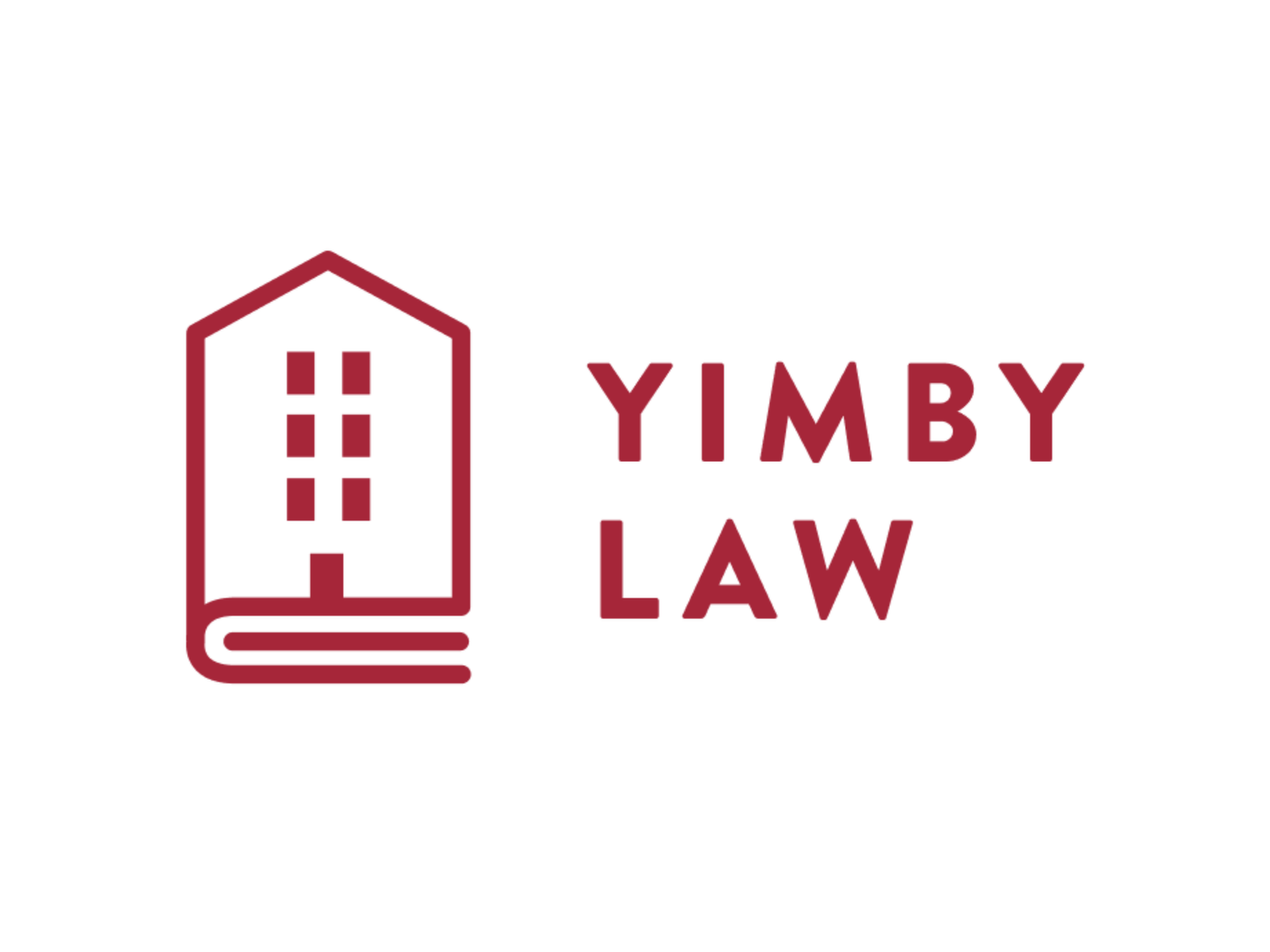Dorms, SROs and other types of group housing do count towards cities’ Regional Housing Needs Allocations
/There seems to be significant confusion regarding how HCD treats separate living quarters that do not have a kitchen for the purpose of the Housing Element process and in particular, for the purpose of fulfilling the RHNA. This type of housing is also known as Single Room Occupancy, or SRO housing, group housing, dorms, assisted living and is also known by other names.
All of these arrangements share common characteristics. The tenant rents a room that is intended for occupancy as a separate living quarters. Usually they have a lock on the door, for instance, indicating that their private space encompasses that room, but not the hall outside the room. The tenant may or may not have their own bathroom facilities and may or may not have access to a shared kitchen or cafeteria. Each tenant has their own lease with the owner of the building or the facility, and the tenant considers this unit to be their usual place of residence.
SROs do not include hotels or hospitals because the inhabitants of these institutions intend to stay a short time, and have a usual residence elsewhere.
Housing Element law and the guidance materials of CA Department of Housing and Community Development confirm that separate living quarters that do not have a kitchen ARE counted as housing units for the purpose of the Housing Element and RHNA.
The Government Code sections governing the Housing Elements process, Article 10.6. Housing Elements [65580 - 65589.11], don’t contain an explicit definition of “housing unit”, however, in sections 65583(c)(1) and 65583.2(c), both dealing with the sections of the housing element that demonstrate the city’s ability to accommodate its RHNA, the following language is used:
“a variety of types of housing, including multifamily rental housing, factory-built housing, mobile homes, housing for agricultural employees, supportive housing, single-room occupancy units, emergency shelters, and transitional housing.”
This list includes “single-room occupancy units”, indicating that single room occupancy units are units for the purpose of fulfilling RHNA goals.
HCD’s guidance on what constitutes a housing unit for the purpose of the RHNA references the Census definition of housing, and mostly concurs with the definition in state law:
Do Single-Resident Occupancy (SRO) units count toward RHNA progress?
SRO units can be counted if the units are operated as separate living quarters, and occupied or will be occupied by persons who consider the unit their usual place of residence, rather than temporary motels.
Can I count dorms in a college town?
Dormitories, bunkhouses, and barracks cannot be counted as housing units, but student housing that is set up as separate living quarters per the census definition can be counted.
Can I count senior housing?
Beds or quarters in an institution or hospital do not count, but separate living quarters per the census definition. For example, senior housing with individual units that would allow for eating and living separately for the broader community could count.
(Source: Department of Housing and Community Development Housing Element Annual Progress Report Frequently Asked Questions (FAQs))
HCD’s guidance on “Dormitories” causes some confusion. In context they seem to be describing a big room with multiple beds, in other words, a barrack. However, no US College houses students this way. Instead, college dorms are a type of SRO: a US College dorm is a building with a number of separate living quarters, with a shared kitchen or cafeteria.
Dorms, retirement homes, residential hotels, sober living, long term drug rehab, board and care facilities, are all types of housing where tenants can have separate living quarters without a kitchen and usually also have access to a shared kitchen, in other words, SROs. These are also types of housing that California cities need more of. These are all long term living situations. Residents of this kind of housing can expect to spend at least one year and at most the rest of their lives living there.
YIMBY Law looks forward to working with localities in their efforts to meet their RHNA and to craft and pass housing elements that are certified by HCD. We are also interested in promoting zoning for and constructing diverse types of housing, including separate living quarters without a kitchen as described here. Please get in touch with us if we can be of assistance.
For a google drive version of this post, click here. You can download a pdf version from the drive. Please feel free to email a pdf to a planner or decision maker in your local government, or ask us to by emailing sonja@yimbylaw.org

